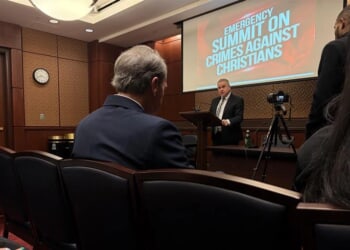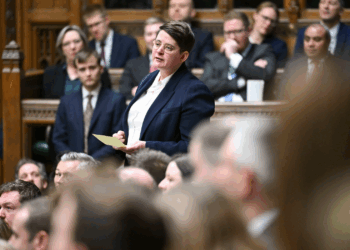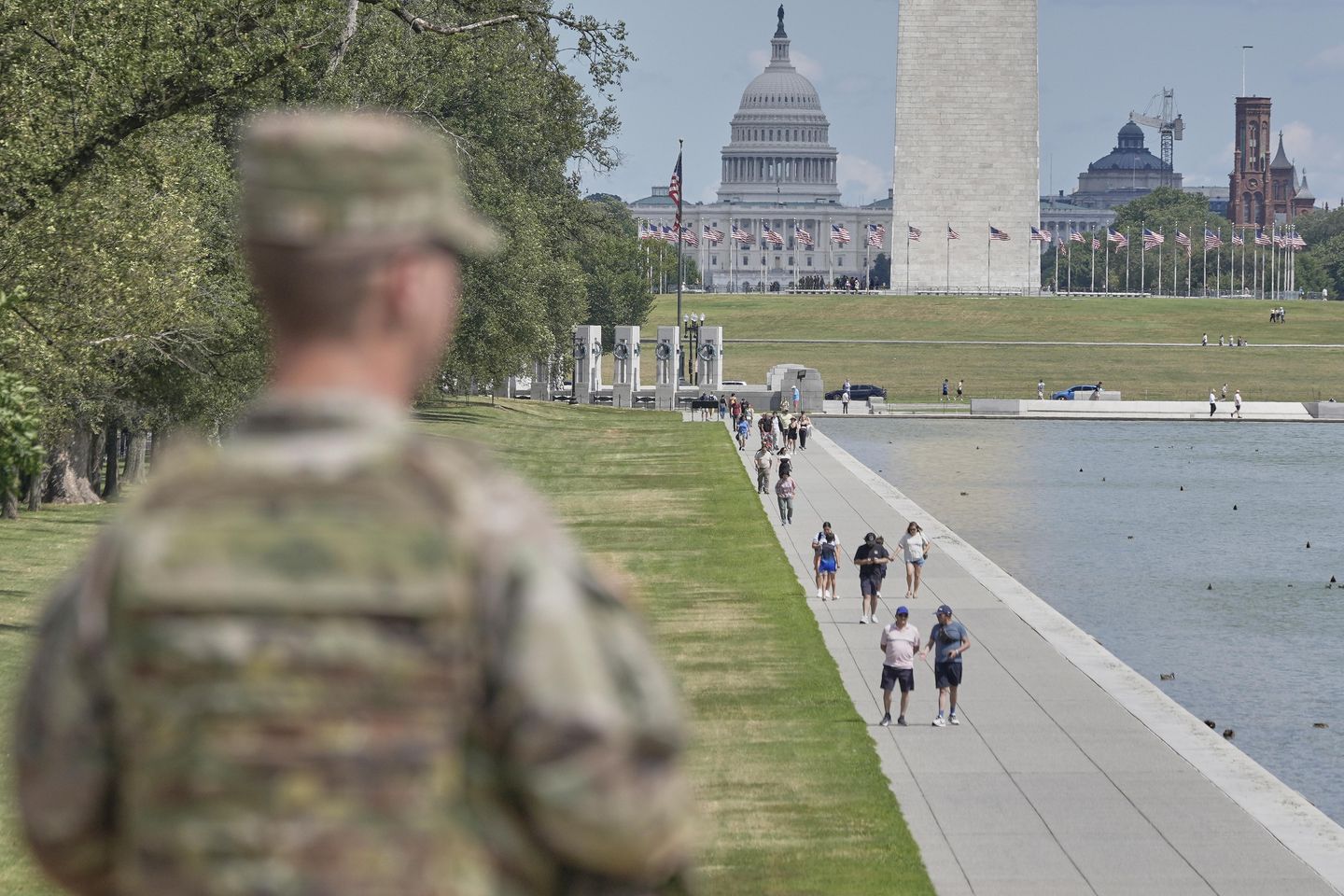
President Trump on Thursday reinstated the death penalty for murder cases in Washington, D.C., which went into effect immediately.
Mr. Trump signed an executive order in the Oval Office surrounded by Vice President J.D. Vance, Attorney General Pam Bondi, FBI Director Kash Patel and others.
“This is our capital city,” Mr. Trump said after signing the order. “People come in from Iowa to look at the Lincoln Memorial and they end up getting killed. It’s not going to happen and if it does happen, it’s the death penalty for the person that did it.”
Restoring the death penalty in the nation’s capital comes amid his administration’s aggressive efforts in recent weeks to crack down on crime in the District. The federal government took over the Metropolitan Police Department and deployed the National Guard to patrol the streets.
Mr. Trump said those efforts have been effective in reducing crime, including murder.
“Every week, essentially, someone got killed,” Mr. Trump said. “And this is a very safe city right now. We don’t play games. We took these career criminals out.”
Ms. Bondi said as part of the executive order, former death row inmates across the country who had been pardoned by President Biden will be moved to “Super Max” facilities with the highest security.
“They will be treated like they’re on death row for the rest of their lives,” Ms. Bondi said.
Even before returning to office in January, the president vowed to expand the death penalty to more states. On Inauguration Day, Mr. Trump signed an executive order aimed at restoring capital punishment across the country. It directed the attorney general to pursue the death penalty for “all crimes of a severity demanding its use,” and encouraged state attorneys general and district attorneys to adopt death penalty-related policies.
Jeanine Pirro, the U.S. Attorney for Washington, announced last month that the Justice Department will pursue the death penalty for Elias Rodriguez, who is accused of fatally shooting two Israeli embassy staffers in May. However, that case is a federal case and not a Washington murder case.
The Supreme Court nullified Washington’s death penalty in 1972 and the D.C. Council formally repealed it in 1981. In 1992, Washington residents voted not to reinstate capital punishment.

![Scott Bessent Explains The Big Picture Everyone is Missing During the Shutdown [WATCH]](https://www.right2024.com/wp-content/uploads/2025/11/Scott-Bessent-Explains-The-Big-Picture-Everyone-is-Missing-During-350x250.jpg)


![AG Bondi Says 'Everything is on the Table,' Government 'Weaponization Has Ended' [WATCH]](https://www.right2024.com/wp-content/uploads/2025/09/AG-Bondi-Says-Everything-is-on-the-Table-Government-Weaponization-350x250.jpg)
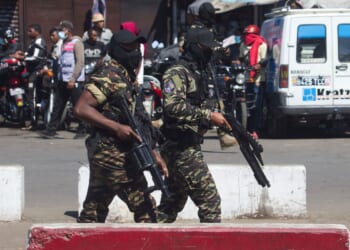
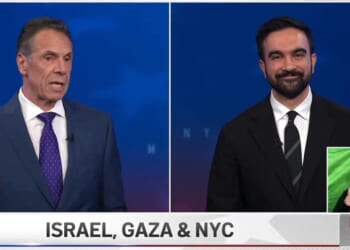

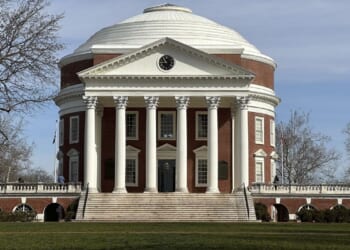
!['This is Just the Beginning... if People Don't Wake Up...' [WATCH]](https://www.right2024.com/wp-content/uploads/2025/09/This-is-Just-the-Beginning-if-People-Dont-Wake-Up-350x250.jpg)
